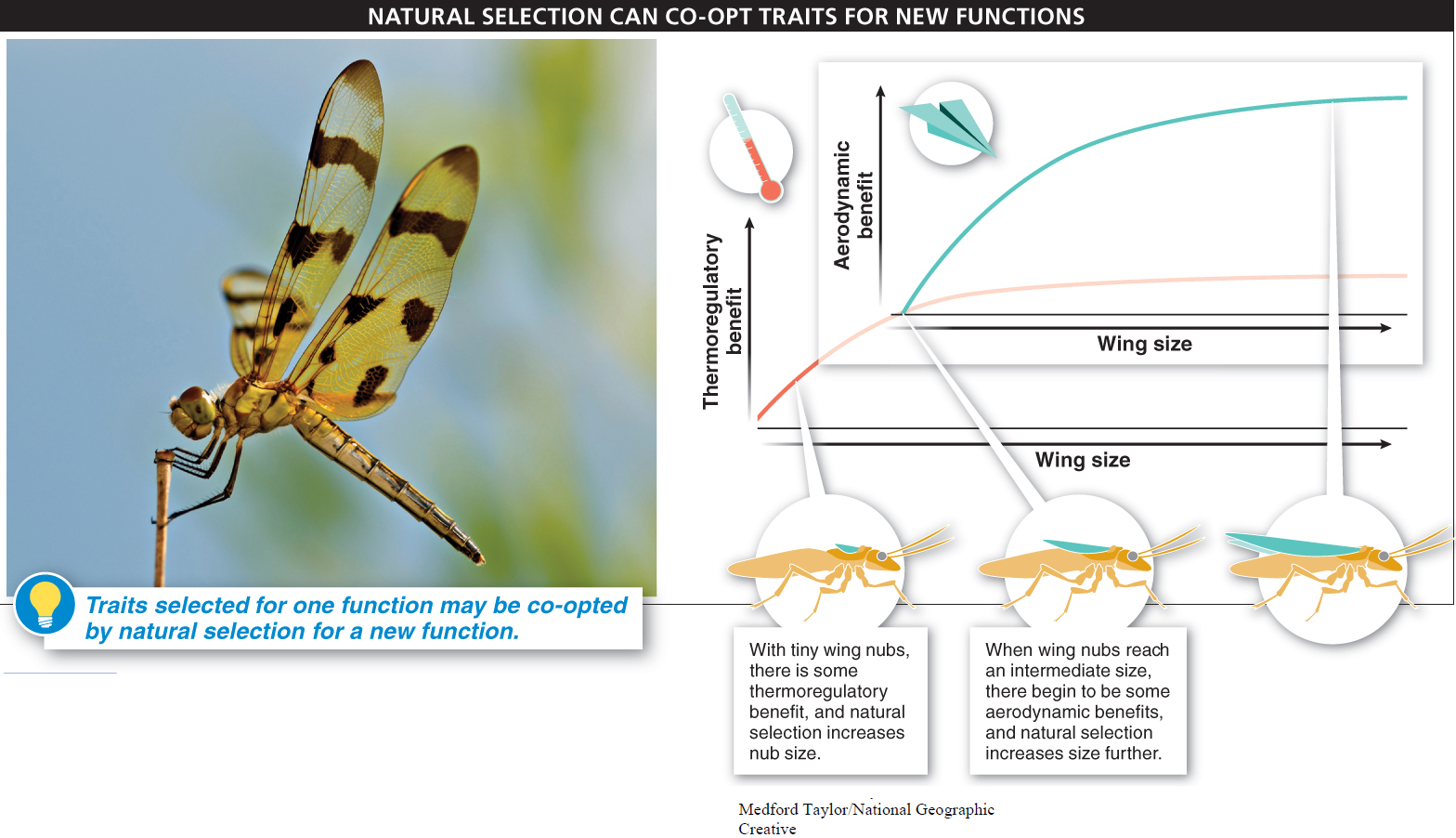We have seen that natural selection can change allele frequencies and modify the frequency with which simple traits, such as fur color or turkey-
The short answer is yes. Remember, evolution by natural selection is occurring, changing the allele frequencies for traits, whenever (1) there is variation for the trait, (2) that variation is heritable, and (3) there is differential reproductive success based on that trait. These conditions can easily be satisfied for complex traits, including behaviors.
“All things must change
To something new, to something strange.”
— HENRY WADSWORTH LONGFELLOW, American poet
In 1954, to address this question, William Thompson trained a group of rats to run through a maze for a food reward (FIGURE 8-30). He found a huge amount of variation in the rats’ abilities: some rats learned much more quickly than others how to run the maze. Thompson then selectively bred the fast learners with each other and the slow learners with each other. Over several generations, he developed two separate populations: rats descended from a line of fast maze-

347
How can a wing evolve if 1% of a wing doesn’t help an organism fly or glide at all?
Natural selection can also produce complex traits in unexpected, roundabout ways. One vexing case involves the question of how natural selection could produce an organ as complex as a fly wing, when 1% or 2% of a wing—

The key to answering this question is that 1% of a wing doesn’t actually need to function as a wing to increase an individual’s fitness. Often, structures are enhanced or elaborated on by natural selection because they enhance fitness by serving some other purpose. Experiments using models of insects demonstrated that, as expected, a small percentage of a wing, in the form of a nub or “almost wing,” confers no benefit at all when it comes to flying. (The nubs don’t even help flies keep their orientation during a “controlled fall.”) The incipient wings do help the insects address a completely different problem, though. They allow much more efficient temperature control, so that an insect can gain heat from the environment when the insect is cold and dissipate heat when the insect is hot. Experiments on heat-
Eventually, the thermoregulatory benefit stops increasing, even if the nub length continues to increase. But it is right around this point that the proto-
TAKE-HOME MESSAGE 8.17
Natural selection can change allele frequencies for genes involved in complex physiological processes and behaviors. Sometimes a trait that has been selected for one function is later modified to serve a completely different function.
How could an insect wing evolve, when half a wing does not allow flight or gliding?
Structures often first appear because they serve some other purpose. For example, a small nub or “almost-wing” that does not allow flight might improve temperature regulation.
348